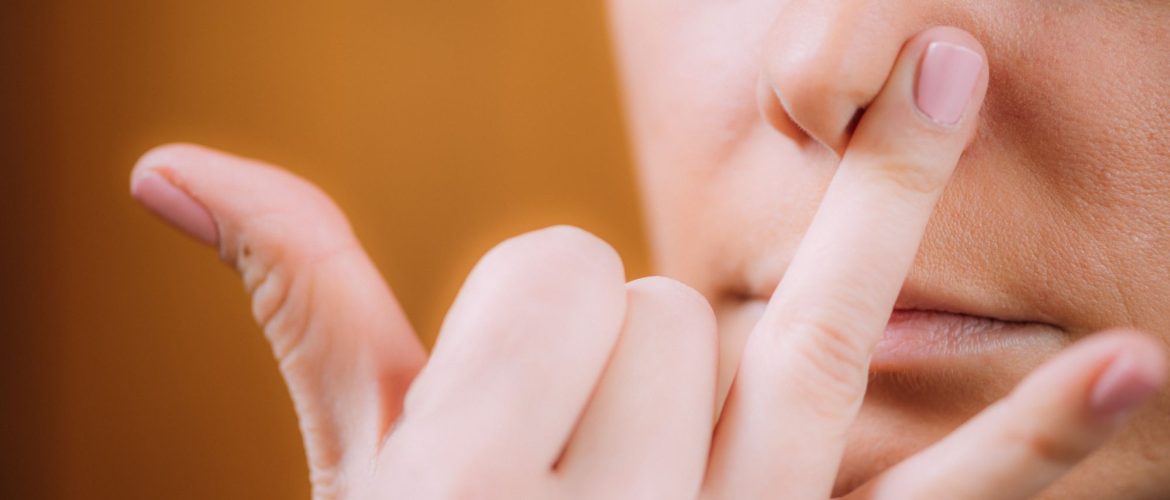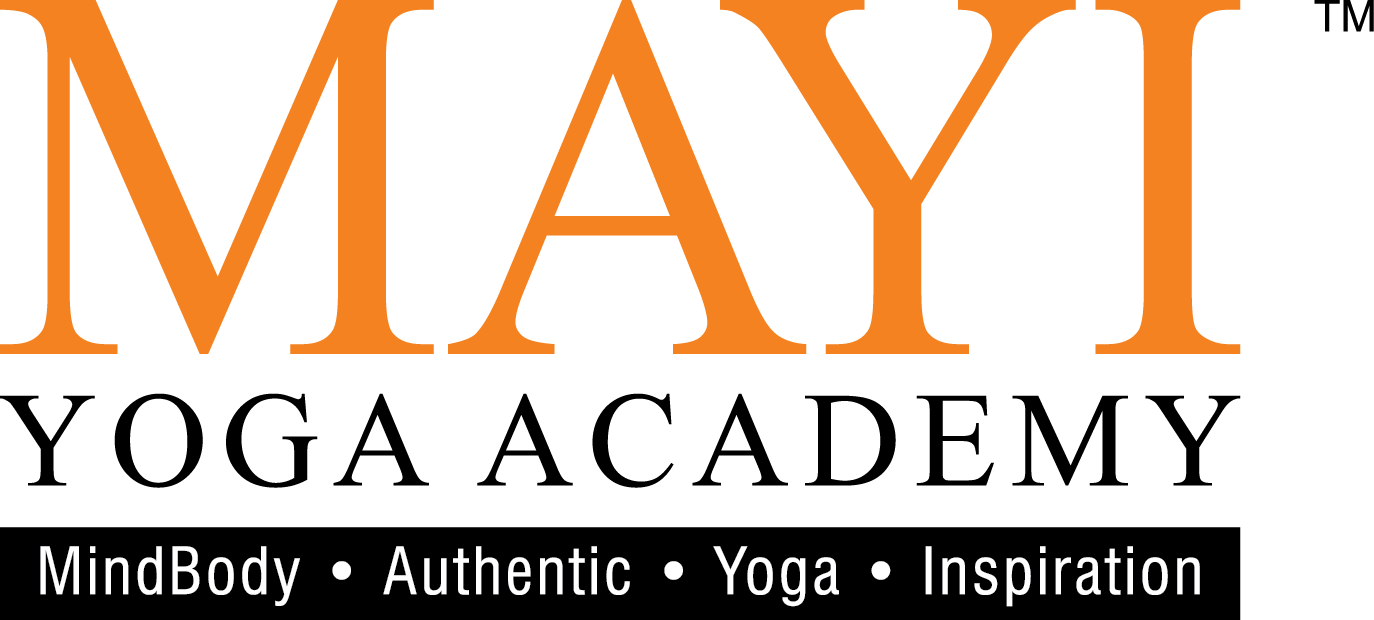My Journey in Learning Pranayama
- November 4, 2024
- Posted by: admin
- Category: Articles by Practitioners,

By Harmeet Kaur Sandhu
We are all given many chances in our lifetime to make changes to better our lives and one of the many choices given to me is to learn Pranayama. I am lucky to be learning the Pranayama Course at a reputable Yoga Centre and from a very devoted Instructor. I am writing here based on my experience while learning and the subsequent practices that I have been doing on my own.
In common terms ‘Pranayama’ simply means to control the breath, but the main question asked is, “Why do we need to control the breath?” The simple explanation given here is when we control our breath which is known as Khumbaka, we achieve the stillness that brings the connection of body, mind and breath. Once this is achieved, we reach a state of blissfulness.

Each and every single method has been so well explained and practiced in this course, not forgetting how the method made me feel and, thereafter, made me wonder on which may be the best practice for me or which one may benefit me the most. As the classes proceeded and more techniques were conquered, the body and mind just aligned and accepted what was practiced and the dynamic flow and connection between the feeling and thought is so magically experienced.
One of the best knowledge that was shared is on the Vayu. It was easily explained and I now understand clearly the connection of the 5 types of Vayu with our Chakra System.
From the many types of Pranayama techniques, the first one will always be the one that we will never forget. Merucalana, which is done with Jalandhara Bandha, gives the subtle energy right after the completion of the exercise because it is being done in very slow movement with the head facing completely down due to the application of the chin lock.
My next feel-good technique is Dvikacancu. This is a very easy technique which uses the mouth to inhale and not the nostrils. Pursing the lips like a beak of a crow or known as Kaki Mudra in the yogic language, slowly inhaling the air through the mouth and retaining the air and then exhaling through the nostrils gives the immediate effect to my throat, and I can feel my oesophagus especially at the place right under the sternum bone feeling the coolness. A smile immediately reflects the happiness gained through this technique. What made me happier is to know that one of the therapeutic advantages of this technique is for overcoming burning sensations which I had been suffering for a long time before and I can now gladly recommend this method to others as well.
Apart of the commonly known Pranayama techniques through their Sanskrit names, there are certain techniques that are not named; hence they are known as Secret Pranayama.
One of those that I felt amazingly awesome doing is a technique which is defined as reversed kapalabhati. The typical Kapalabhati is done by inhaling through the nose and forcefully exhaling through the nose in short sections; however, this reversed technique is performed by inhaling rapidly through the nose causing the abdomen to expand. As such for this technique I had to be absolutely focused on the technique or else I would confuse myself with the common method of kapalabhati whether it is the cleansing or the pranayama method. Rather challenging but the effect is too good to describe because it gives an instant feel to the Manipura region, well, it is after all meant to benefit the energy at this chakra.
Knowing and practicing more than 30 types Kumbhaka Pranayama gives you the feeling of contentment simply because each type is connected directly to our chakra points. This provides an ultimate connection which is felt with vibes all around and thoughts are purified instantly.
All the techniques have amazing effects and it was rather difficult for me to choose which one or ones are my favourite due to the connection and vibes. It took me a while and I finally concluded the two prominent ones for me are Svanga Srnkhala and Kavali techniques.
Svanga Srnkhala Kumbhaka, when done with full concentration at a rapid yet steady speed, straightaway brings the intuitive vibes in me. It was a total “wow” factor for me. Inhaling through both nostrils then blocking both nostrils, this technique is explained in a simplified version of Inhale; block, Inhale; block, Inhale; block for few times. For exhalation, it is Exhale; block, Exhale; block, Exhale; block a few times. I was tempted to do this practice while preparing this article, hence I did it. The feeling is so fantastic; applying the Pranayama ABC and doing this technique I just felt so energised. It is like my brain has been cleansed!
Another phenomenal feeling was realised when I practiced Kavali Kumbhaka. Applying this technique with all the 3 locks (Maha-bandha); namely the Jalandhara Bandha (Chin lock), Mula Bandha (Root lock) and the Uddiyana Bandha (Navel lock), brings me to another level of consciousness. What makes it more interesting and never felt before is the fact that I need to mentally recite SO-HAM. So, the method begins with inhaling through both nostrils, applying the 3 locks while in kumbhaka, then mentally reciting SO-HAM a few times. To end, I need to release the 3 locks and exhale through both nostrils. This technique will leave anyone in the state of blissfulness; or probably as for me I will describe it as One Consciousness.
As stated in the 8 limbs of Yoga as described by Patanjali, Pranayama falls after Asanas, meaning that Pranayama is best done after performing some Asanas. This brings us to direct transformation shift that is felt deeply and a total state of relaxation is felt thereafter.
Having penned my experience with selected breathing techniques, I wouldn’t say that I practice only these techniques daily because I do select other techniques as and when I want to experience the technique as well as to achieve specific benefits.
To summarise, there is no one breathing technique that I like because I truly and wholeheartedly love them ALL.
I am glad that I was taught all the steps one by one in all the segments of the course; nothing was left out, missed, or being asked to do on our own.
Thank you, Namaskar and Stay Blessed.
